Policymakers and analysts are digging into the details of how to get more EVs on the road.
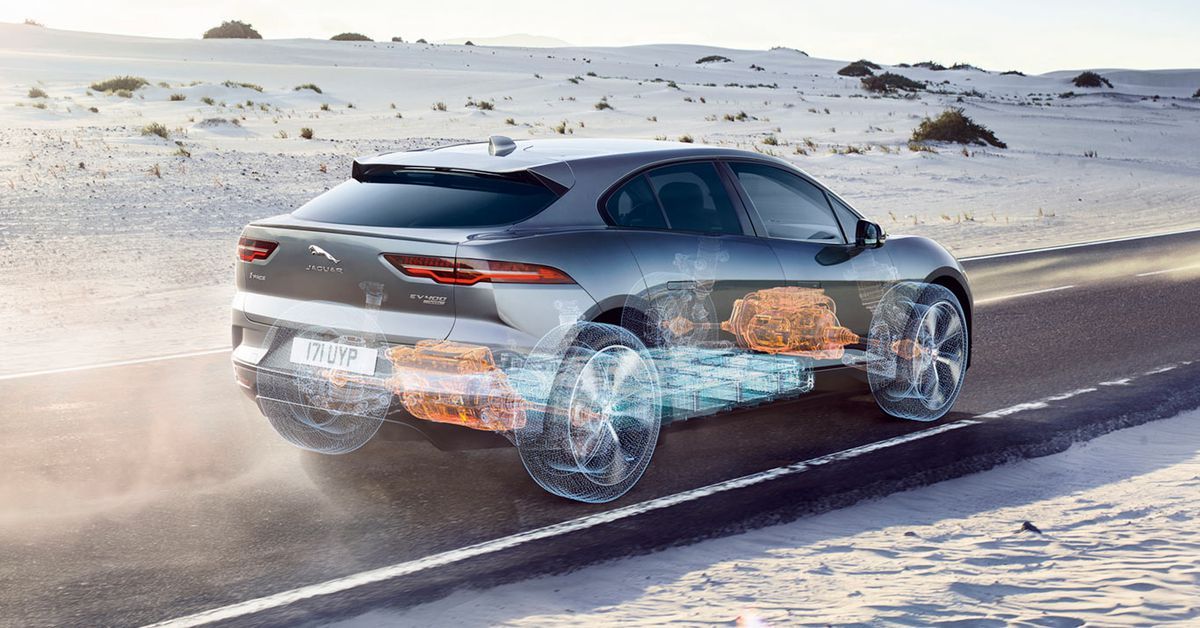


Kroger Co. is about to test whether it can steer supermarket customers away from crowded grocery aisles with a fleet of diminutive driverless cars designed to lower delivery costs.
The test program announced Thursday could make Kroger the first U.S. grocer to make deliveries with robotic cars that won’t have a human riding along to take control in case something goes wrong.
Cincinnati-based Kroger is teaming up with Nuro, a Silicon Valley startup founded two years ago by two engineers who worked on self-driving cars at Google. That Google project is now known as Waymo, which plans to introduce a ride-hailing service that is supposed to begin picking up passengers in fully autonomous cars by the end of this year.
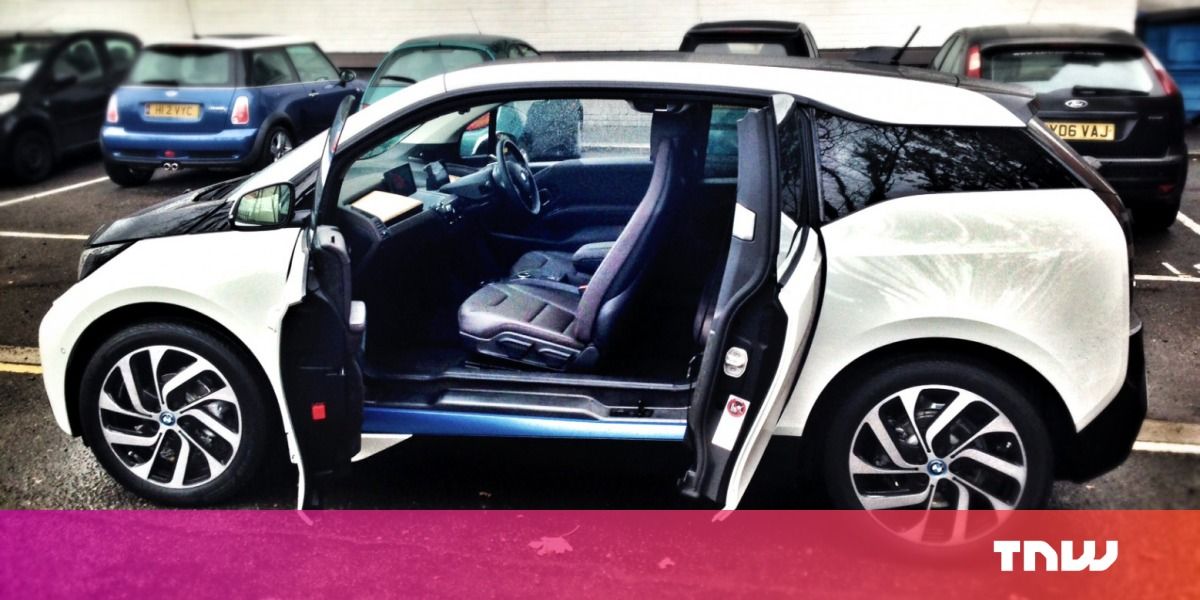
A bunch of modern cars already let you unlock your vehicle using your phone, but there isn’t a standard to ensure that the feature will work across devices for years to come. Thankfully, a number of tech firms and automakers are coming together to sort that out.
More than 70 companies, including the likes of Apple, LG, Samsung, Panasonic, Audi, GM, BMW, Hyundai, NXP, Qualcomm, and Volkswagen, have joined hands under the Car Connectivity Consortium to create the Digital Key standard, which is a specification that aims to let you securely unlock and start your vehicle across car and mobile device brands.
The publication of this standard should not only help more companies adopt these features, but also allow owners to share access to their vehicles with others, through their phones.
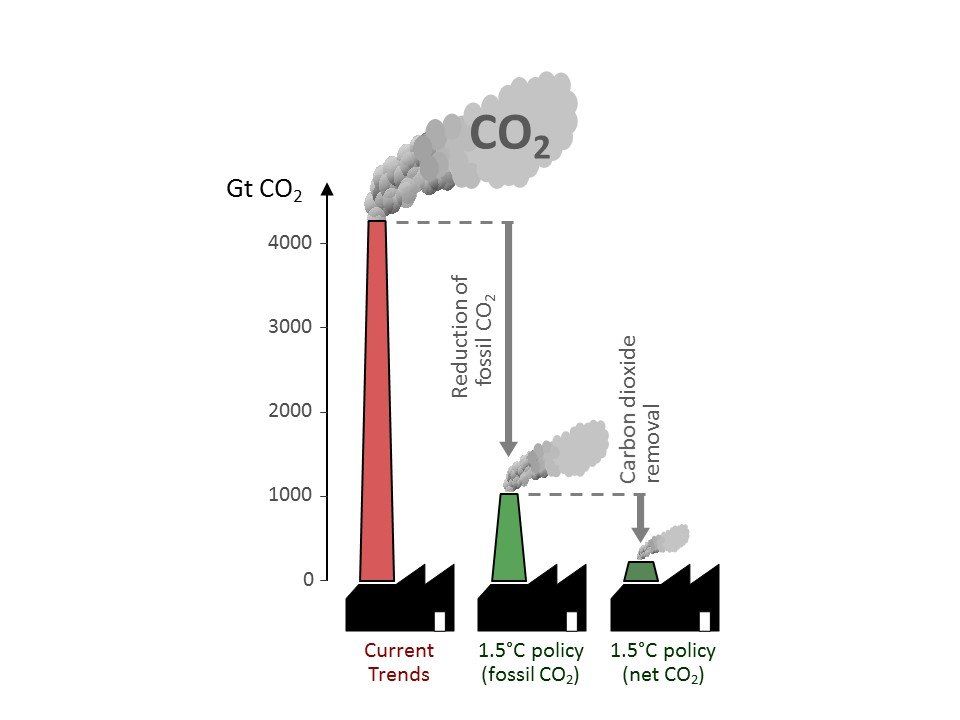
From electric cars that travel hundreds of miles on a single charge to chainsaws as mighty as gas-powered versions, new products hit the market each year that take advantage of recent advances in battery technology.
But that growth has led to concerns that the world’s supply of lithium, the metal at the heart of many of the new rechargeable batteries, may eventually be depleted.
Now researchers at the Georgia Institute of Technology have found new evidence suggesting that batteries based on sodium and potassium hold promise as a potential alternative to lithium-based batteries.
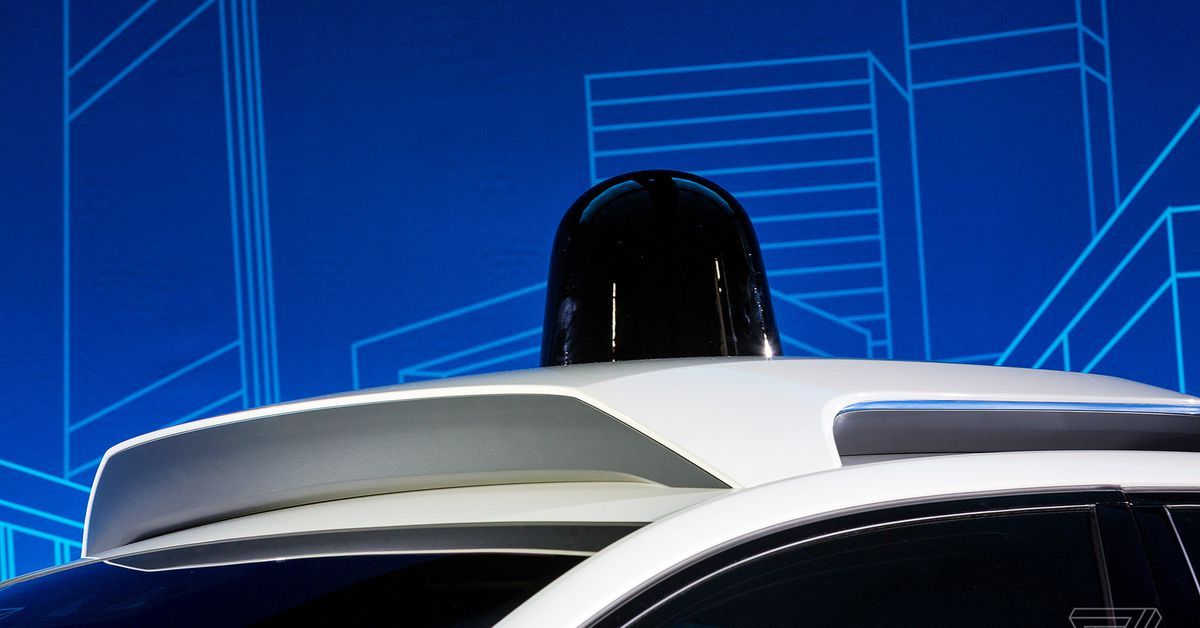
Driverless vehicles could eliminate millions of jobs in the future, from cabbies to truckers to food delivery workers. But the companies that are hoping to hasten the adoption of this disruptive technology don’t want to seem callous to this brewing labor crisis, so they are joining forces to study the “human impact” of robot cars.
The Partnership for Transportation Innovation and Opportunity (PTIO) is a newly formed group comprised of most of the major companies that are building and testing on self-driving cars. This includes legacy automakers like Ford, Toyota, and Daimler; tech giants like Waymo (née Google), Uber, and Lyft; and logistics providers like FedEx and the American Trucking Association. The new organization is being formed as a 501©(6), which allows it to accept donations like a nonprofit and lobby government like a chamber of commerce.
This personal helicopter was way ahead of its time.

Elon Musk’s Boring Co. is the winner in a bid to build a multibillion-dollar high-speed express train to Chicago’s O’Hare International Airport. The result gives the young company a big boost in legitimacy as it tries to get transportation projects underway in Los Angeles and Washington.
The company beat out a consortium that included Mott MacDonald, the civil engineering firm that designed a terminal at London’s Heathrow Airport, and JLC Infrastructure, an infrastructure fund backed by former basketball star Earvin “Magic” Johnson, people with knowledge of the matter said. The city is expected to announce the news as soon as Thursday, said one of the people, who asked not to be identified because they weren’t authorized to speak publicly.

We need more walkable cities and fewer cars! If aliens came to our planet they would conclude that cars are the dominant species!
Traffic signals give priority to motor vehicles over pedestrians. This inequality undermines many of the stated goals of transport, health and environment policy.
State and city governments say they want to encourage walking and biking for many reasons:
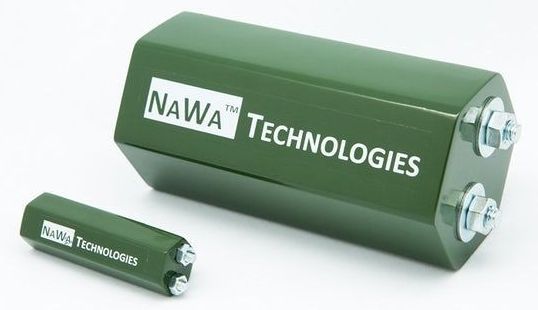
Combining the unique strengths of lithium batteries with crazy-fast charging, carbon ultra-capacitors could save a ton of weight and add significant range and power to electric vehicles, according to Nawa Technologies. Based outside Marseilles, this fascinating French startup is working on a new type of battery it believes could offer some huge advantages in the EV space, among many others.